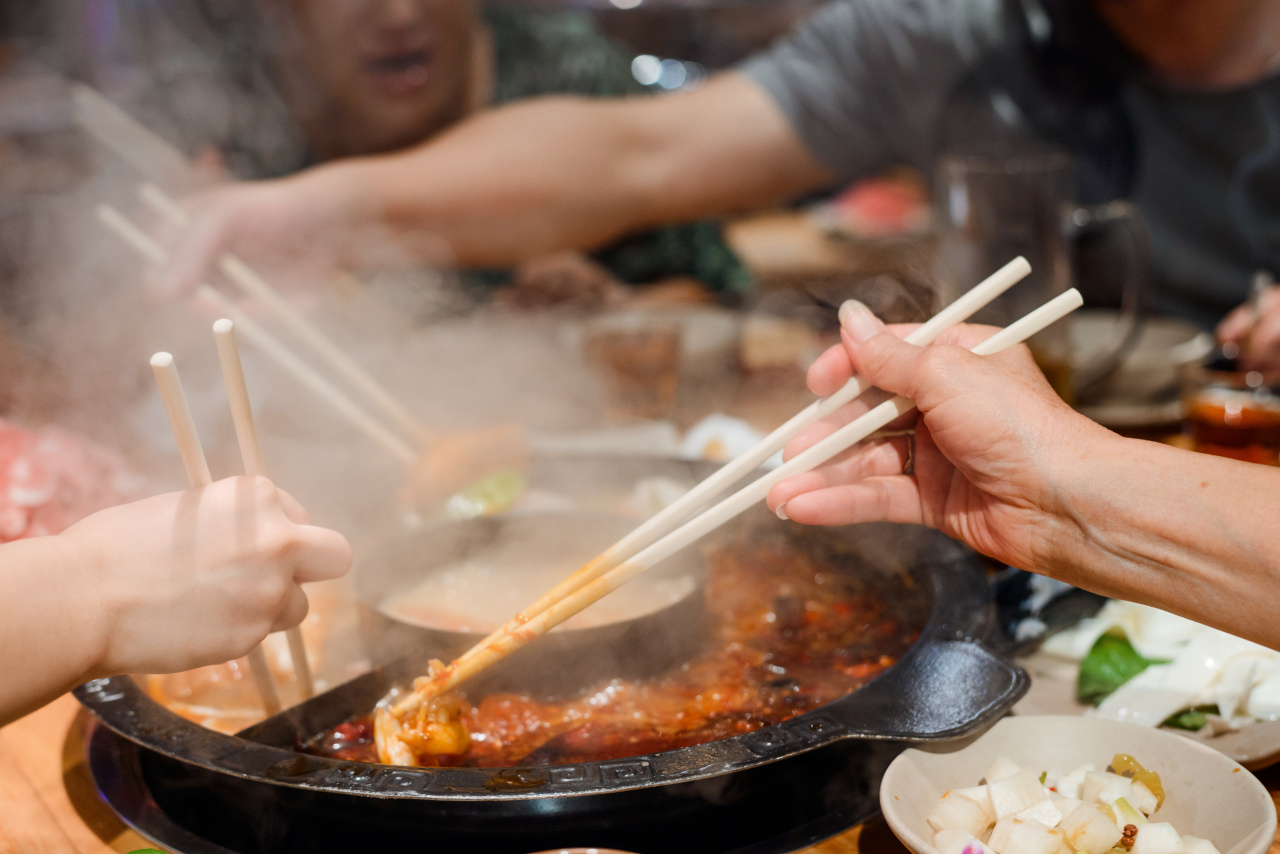The communal dipping into the pot of stew is a wartime eating habit that could be detrimental to health, experts told The Korea Herald.
According to Joo Young-ha, an anthropologist at the Academy of Korean Studies, this eating custom does not date too far back. Dining, even group dining, occurred at solo tables until the early 20th century.
“Members of the royalty and aristocracy dined at individual tables. Even at large parties and banquets, the royals and aristocrats each sat at a table for one,” Joo said, adding, however, there is no record of how commoners dined.
Multiple diners eating together on a large table is a fairly recent concept that emerged in the last century, according to Joo. In the 1920s and ’30s, during the Japanese colonial era, a movement for abolishing solitary dining tables emerged as food became scarcer.
“Soupy dishes, which can feed more people with less ingredients, became popular during the Korean War. That’s when sharing food from the same bowl became common,” he said.
Joo described the custom as “a habit formed during war for which there seems to be little reason to continue into present day.”
And this is a trend increasingly less popular among younger Koreans.
Kim Jong-yong, 28, is one of them. Kim said while he still sees it happen at dinners where drinks are involved, sharing food from the same bowl or plate without using serving utensils was “not for him.”
However, more often than not, people won’t raise issue with the practice, especially in social situations. Yeo Hyun-goo, 26, said although he is uncomfortable with shared dishes, he pretends not to mind during a dinner with a workplace superior.
There are also health reasons for discouraging communal stew-eating -- including the spread of Helicobacter pylori bacteria found in the stomach.
Lee Sang-gil, a gastroenterologist at Severance Hospital, said about one in two Koreans are infected with H. pylori. “In most developed countries, the figure is reported at about below 30 percent,” he said.
While transmission routes of the stomach bacteria haven’t been determined yet, H. pylori infections are commonly seen among family members and among people who come into frequent contact with one another, according to Lee.
“It’s difficult to trace how H. pylori is transmitted because there aren’t overt symptoms, and oftentimes (the infection) goes unnoticed. However, person-to-person transmission may involve the gastro-oral pathway,” Lee said, which is why caution is warranted when dining in groups.
Lee said the higher the economic status and education level, the lower the rate of H. pylori infection observed, from which it can be inferred that living in a more hygienic environment leads to a lower infection rate.
Infections of H. pylori, a World Health Organization-classified carcinogen, are associated with higher risks of developing gastric cancer.
According to 2018 data from the National Cancer Center, gastric cancer was the most common cancer among Koreans in 2015 and 2016.
Starting from January last year, the Ministry of Health and Welfare has expanded state health insurance benefits to cover H. pylori eradication treatments in an effort to contain the spread of the bacterial infection and reduce the rate of gastric cancer.
Aside from stomach cancer, gastric ulcers, duodenal ulcers and gastric mucosa-associated lymphoid tissue lymphoma are other diseases related to H. pylori infection, Lee said.
“The H. pylori infection rate has been gradually declining in Korea, and while there is no direct evidence linking H. pylori transmission with eating food from the same bowl per se, that still is in no way advisable,” he said.
By Kim Arin (
arin@heraldcorp.com)








